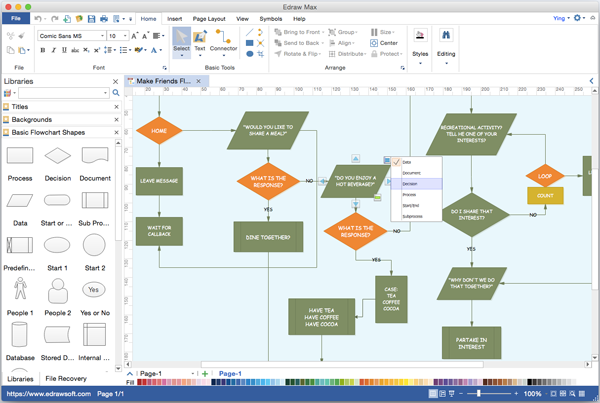

- #HACKINTOSH WITH .DMG INSTALL#
- #HACKINTOSH WITH .DMG DRIVERS#
- #HACKINTOSH WITH .DMG FULL#
- #HACKINTOSH WITH .DMG PASSWORD#
Before I start first with the process of installing Hackintosh macOS Mojave, I must say that, this not the final release of macOS Mojave.
#HACKINTOSH WITH .DMG FULL#
macOS Mojave 10.14 by SYSNETTECH Solutions Full Version.iso download.
#HACKINTOSH WITH .DMG DRIVERS#
DMG Without App Store Download Windows 10 October 2020 Update 19042-20H2 ISO Image 圆4 x86 Uninstall iOS 14.5: Downgrade iOS 14.5 / iPadOS 14.5 to iOS 14.4 on iPhone, iPad, iPod It's easy! If you do plan to upgrade your GPU, stick with AMD, as there’s no clear sign of NVIDIA drivers being made for macOS Mojave anytime soon. After the user setup is done and you log on to the OS, the resolution might be very low. If you have a motherboard or laptop with a WiFi slot you will need to replace it with a Hackintosh compatible WiFi+Bluetooth card and add the nessary kexts for WiFi and Bluetooth. Wait till the patching process is finished. If you would like to use all features of this site, it is mandatory to enable JavaScript. macOS Mojave 10.14 Lauffähige Systeme Hilfe & Diskussion, macOS Mojave 10.14 Lauffähige Systeme (EFI-Sammelthread), macOS Mojave 10.14 Public Beta - Erfahrungen. In the end, instead of buying a MacBook, I took a gaming laptop from ASUS.

#HACKINTOSH WITH .DMG INSTALL#
After install is finished computer will automatically restart once more and you’ll see this screen: Select Boot macOS from “Hackintosh” and the Mojave Hackintosh will begin booting for the first time Select Language and click Continue Select Keyboard and click Continue PC SETUP Play List: : (Cód. I think only High Sierra supports that card. Hi Guys, This is my first attempt at a Hackintosh machine.

A sleeker user interface allows users to work effortlessly. As you know Macs are overpriced and at that price, we can get much better hardware and make it a Hackintosh. Download Mojave 10.14 from the Mac App Store For a Mojave Hackintosh it’s a good idea to recreate your EFI folder under a newer version of Clover EFI Bootloader. Features of Hackintosh High Sierra Installer: NO MBR Support, Only GUID Partitions will be able to Install (MBR can be patched manually) Fix for "move Nvidia.pkg", "move ATI.pkg", "move Intel.pkg" issues As the patching process is finished we can now proceed to create the virtual machine for macOS Mojave. You can now quit Terminal and eject the volume.3.
#HACKINTOSH WITH .DMG PASSWORD#


 0 kommentar(er)
0 kommentar(er)
